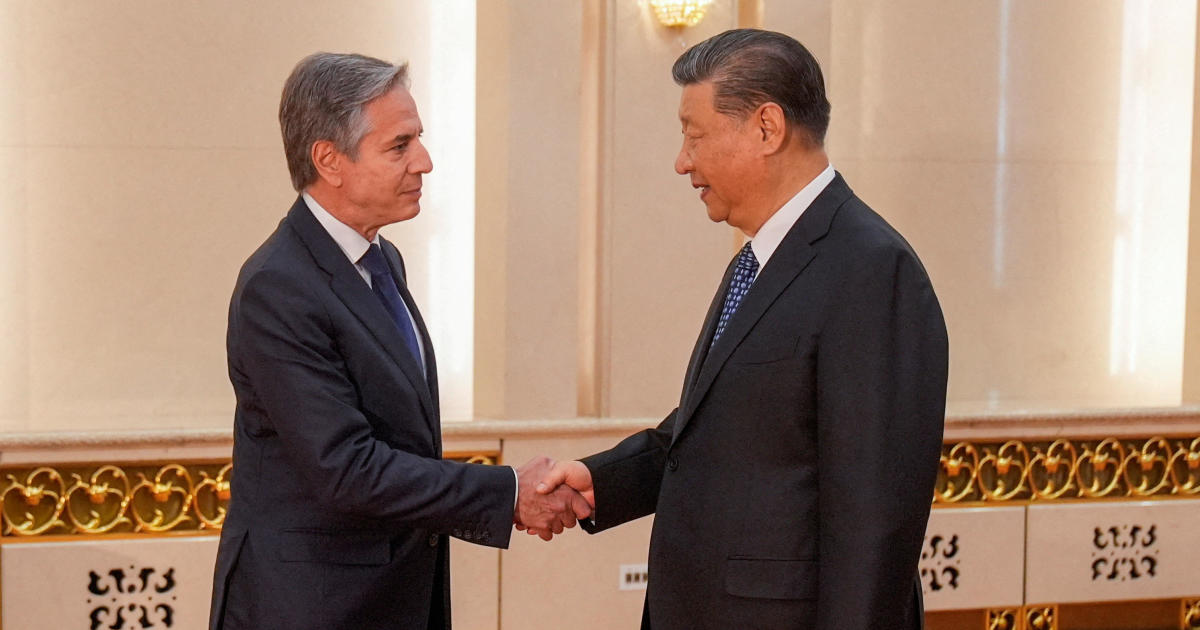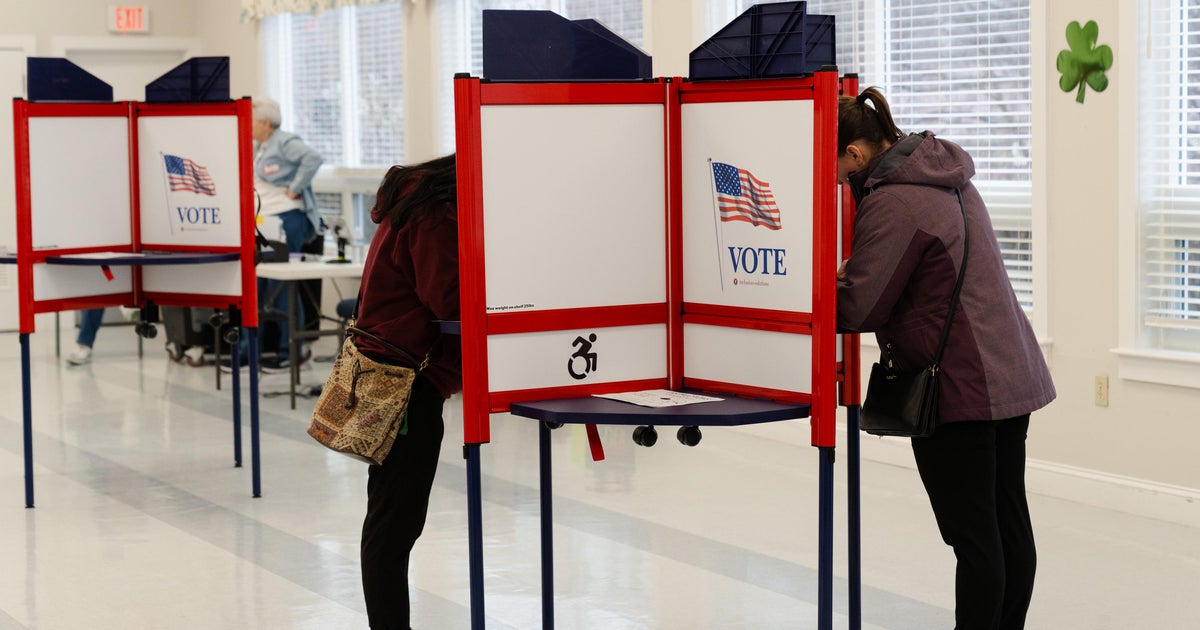Trump's China tariffs leave room to negotiate, but investors fret
The Trump administration's tough talk on China may leave enough wiggle room to avoid an all-out trade war.
Although the plan proposes tariffs on $50 billion in Chinese imports and to limit Chinese investment in the U.S., it invites input from a wide swath of U.S. industries that have voiced opposition to the trade measures. It also includes a willingness to rely on the World Trade Organization to help mediate parts of the disputes, surprising some experts who thought Mr. Trump might go it alone.
"Trump left enough flexibility in how that $50 billion is calculated that he has room to make some headway with China even if the U.S. ultimately does impose some tariffs," said Height Capital analyst Clayton Allen in an email.
U.S. businesses seem happy that there's a pause, albeit brief, for them to weigh in. "It's encouraging -- we would like to participate in a process that helps educate the administration on potential downstream harms of the tariffs," said David French, the chief lobbyist for the National Retail Federation, which was among a group of 45 trade associations that is urging Mr. Trump to refrain from imposing tariffs.
By contrast, investors are signaling a bad outcome: Stock markets tanked after Mr. Trump outlined the trade measures.
Some observers see the proposals as a way to force China to the table faster.
"We're looking at the [proposals] as a way to get China to the table now," said Peter Donisanu, a Wells Fargo investment strategy analyst, in an interview. "We would get concerned if the tariffs started being blanket, and larger, but for now this seems to be about renegotiating trade deals."
What comes next
- The U.S. Trade Representative will publish a "long list" of proposed tariffs within 15 days. That will be followed by a comment period.
- The Treasury Department will then take 60 days after the signing to submit its recommendations for a targeted list.
- The administration would also work through the WTO on some aspects of trade with China.
Mr. Trump is using a Cold War-era weapon to punish China: Section 301 of the U.S. Trade Act of 1974, under which he can unilaterally impose tariffs. It was meant for a world in which large swaths of global commerce were not covered by trade agreements as a way to open markets to U.S. goods, Chad Brown, a senior fellow at the Peterson Institute for International Economics wrote in a recent blog. Once the World Trade Organization began moderating global trade in 1995, use of Section 301 virtually disappeared.
By including the WTO in its framework, the Trump administration is still working through established channels. China was admitted to the WTO in 2001.
"If they, the administration, are moving in the direction that goes through the WTO that are not tariffs, that are done with key partners like the EU and Japan, we think that's really encouraging and that's the direction the conversation should go," said Josh Kallmer, the Information Technology Industry Council's senior vice president of global policy, in an interview.
Tit-for-tat?
The Trump administration already poked China in January with tariffs on imported solar panels. Next came steel and aluminum tariffs, prompting an outcry from trading partners and criticism that those tariffs will have only a small impact on China. The metal tariffs have since been softened by the U.S. with multiple exemptions for Canada, Mexico, South Korea, Brazil, South Korea and Germany, which account for more than half of all imports.
If the latest proposed tariffs appear measured compared to Mr. Trump's initial rhetoric, how far China is willing to go to defend itself is hard to predict. China typically responds to trade salvos proportionally, which economists call a tit-for-tat response.
Chinese officials responded Thursday to the recently announced U.S. tariffs on steel and aluminum by imposing $3 billion in reciprocal tariffs on pork, fruits, nuts, wine, steel pipe and recycled aluminum. And China is already eyeing American farmers, perhaps aiming at Mr. Trump's rural base of voters in places like Iowa and Ohio.
Another concern remains how Chinese President Xi Jinping himself will respond as he consolidates power. He has shown few signs of acquiescing to U.S. pressure.
China is America's largest trading partner, and Mr. Trump points to America's trade deficit of about $375 billion as a sign that the trade relationship is unbalanced. He has publicly called on China to shave $100 billion off that figure.
Mr. Xi "has spent the past few years cultivating the image of a strongman, and it would be very surprising if he were not to retaliate," Ian Shepherdson, chief economist with Pantheon Macroeconomics, said in a client note. "Nothing rallies support at home more effectively than being seen to face down an external threat, even one whose actions, arguably, you have provoked."
Late Thursday, China issued a response through its U.S. embassy: "China does not want a trade war with anyone," the statement said. "But China is not afraid of, and will not recoil from, a trade war. …If a trade war were initiated by the U.S., China would fight to the end to defend its own legitimate interests with all necessary measures."
-- Irina Ivanova and The Associated Press contributed to this report.



